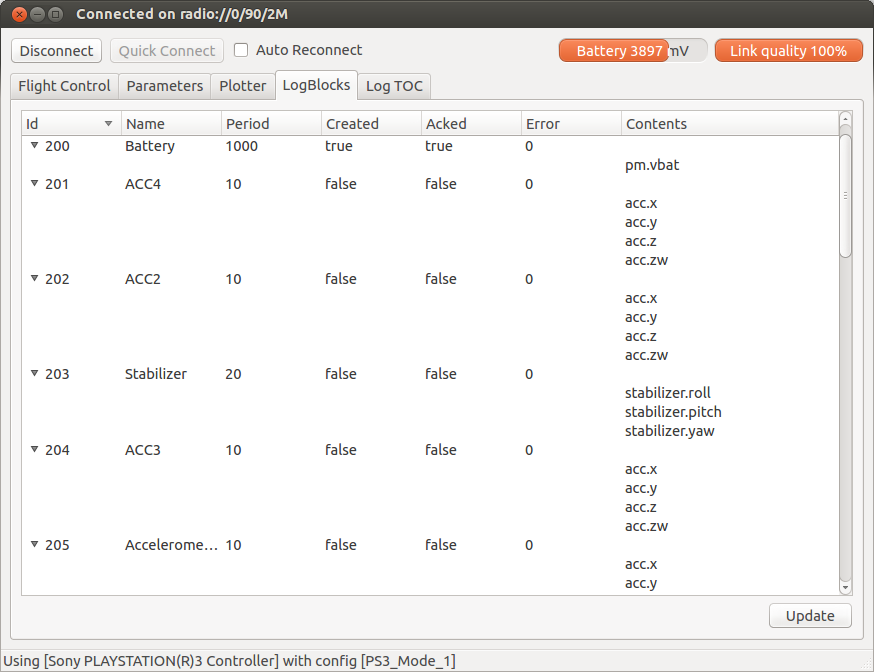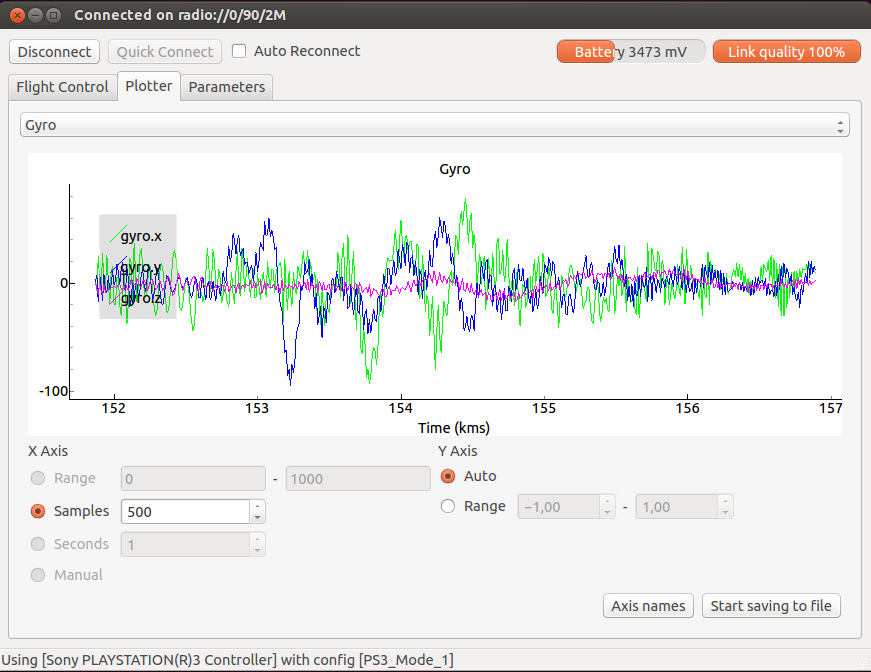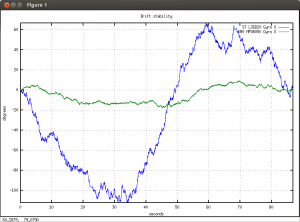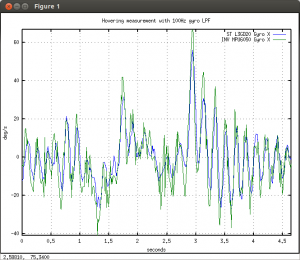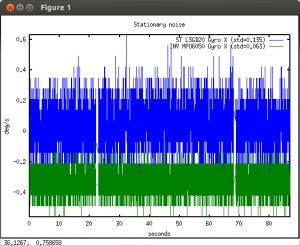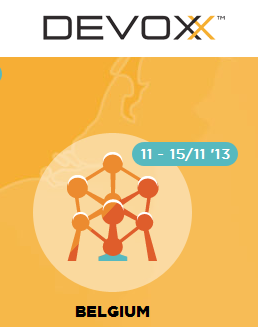With roughly one week to go until the holidays most people are still stressing about getting presents, food and trees. We have done our best to get into the holiday spirit, but December isn’t well known in the south of Sweden for delivering a white Christmas. So with no snow and +7ºC outside it’s a bit hard to get into the holiday spirit.
After the holiday stress has leveled out, you might find yourself having some extra time on your hands. Being off from work is great, but unless you get tech toys for Christmas you might get some abstinence being away from your high-tech things. At least we get this feeling. So this year we thought that we would try to help everyone that is a bit bored during the holidays, by announcing a little competition! We have two different categories of fun things to do: Mechanical and software.
- Software: Controlled decent when free falling
- Mechanical: 3D model for a plastic hull
For the first category the goal is to implement a controlled decent of the Crazyflie. The idea is to do this without any user interaction. Imagine dropping the Crazyflie from your hand and the controlled decent algorithm kicks in and lands it graciously without the user doing anything. Or why not throwing it away :-) This could be implemented using firmware, host software or a mix of the two. Here’s roughly what we had in mind:
- Connect to the Crazyflie and enable controlled decent mode in free fall
- Pick up the Crazyflie and drop it (preferably above a soft surface)
- The free fall can be detected using the accelerometer. When in free fall all three axis of the accelerometer will be very close to 0 (see image below)
- Control the decent of the platform and land graciously (unlike in image below :-) )
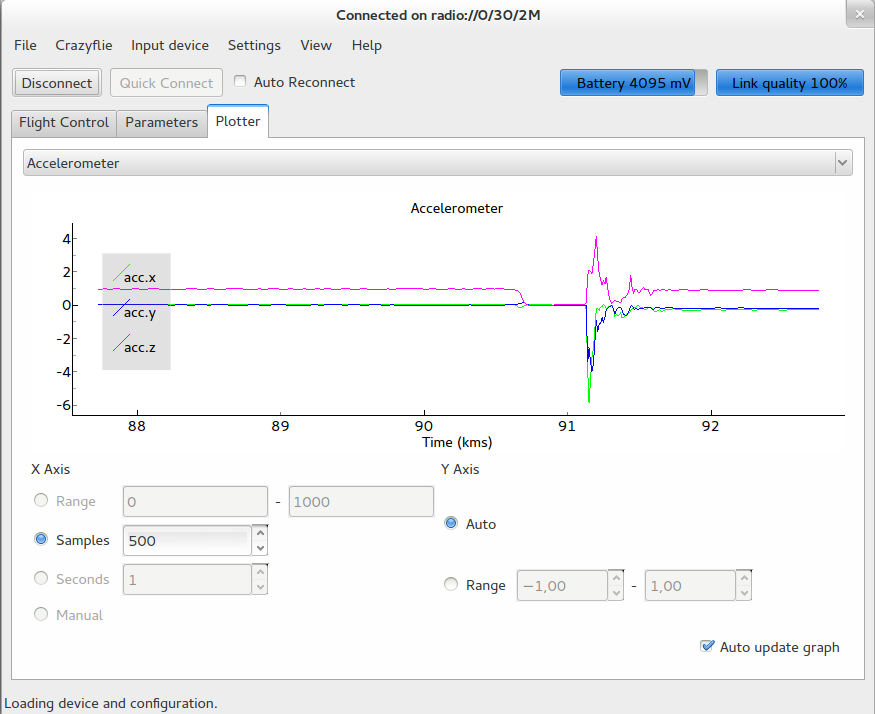
Plot of accelerometer before, during and after free fall from 1,5 meters
For the second category the goal is to create a nice looking body for the Crazyflie. A while back we put together a home made vacuum plastic molder (something similar to this). Our idea was to create a 3D model of a body and then use it as a base for the vacuum molding hack. The end result would be very durable and light. The only problem is that we are really bad at 3D graphics (and at graphics in general) so this has been a blocker for this hack. We need some help with creating the 3D model. If you don’t have a Crazyflie you can always have a look at the mechanics repository. It contains a great model of the Crazyflie that Erik did a while back.
Aside from satisfying the geek inside you during the holidays, we will also be awarding the winner of each category with a Crazyflie Nano Quadcopter 10-DOF with Crazyradio and additional spare parts! In order for the projects to be judged we will need some video/images and code/model. The projects will be judged on how good the solution works and also how good the implementation is. The competition will end on Sunday the 12th of January and we will announce the winners in our Monday post on the 13th of January.
So what will we be doing during the holidays? Well we had something else in mind. A couple of weeks ago we picked up a uBlox MAX 7 GPS breakout. It’s about 2.1 grams with a chip-antenna and is small enough to fit on the Crazyflie. We won’t exactly have path-following functionality after the holidays, but we are hoping for something that will report back the location to the client.
Happy hacking!
Edit: We forgot the most important part, where to submit your entries if you want to join in. Send them to holiday_hacking_2013@bitcraze.se before the end of 12th of January 2014.

